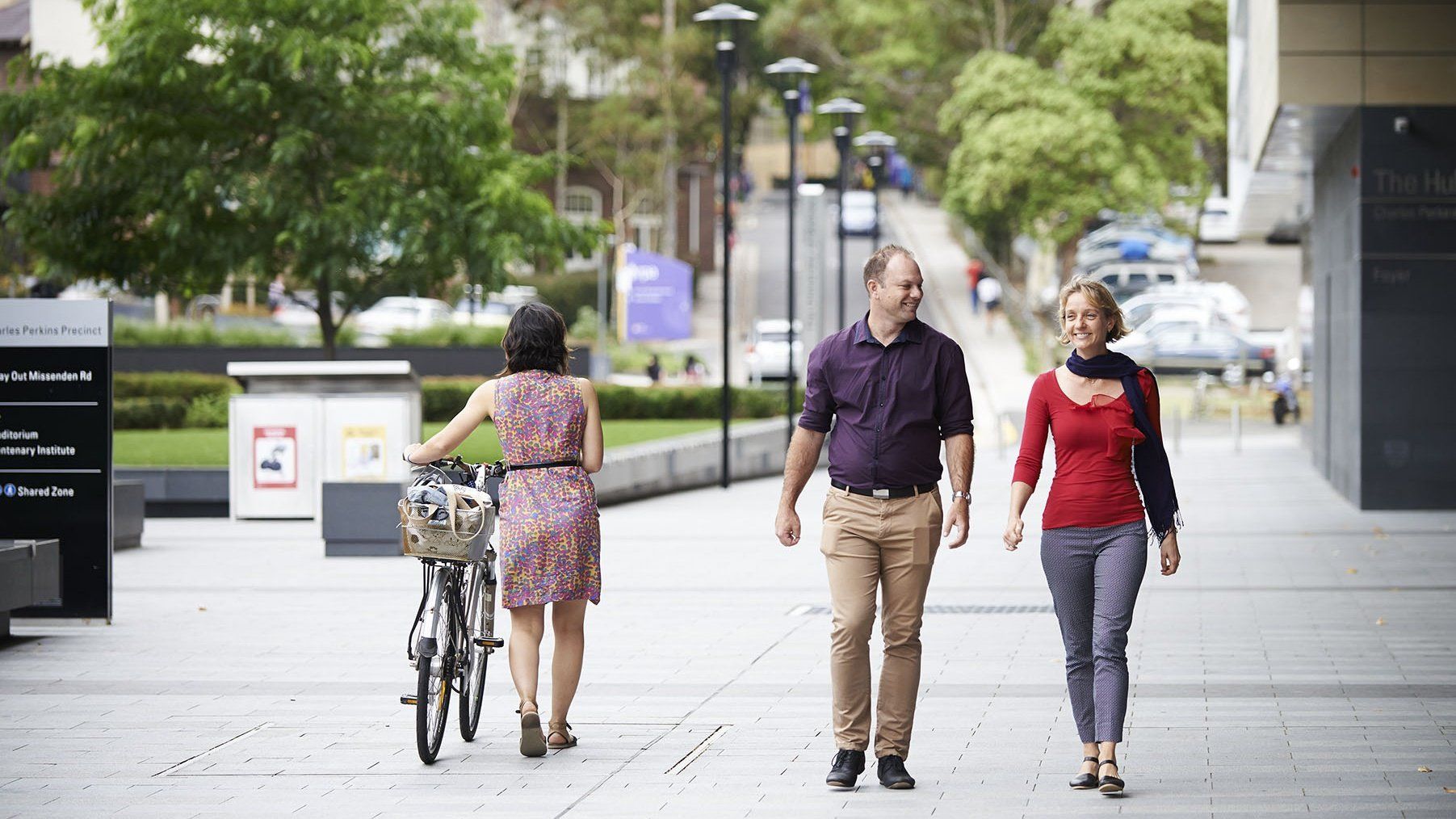Health Impact
Why are destinations important for physical activity and health?
Author: Dr Lucy Gunn.
The locations of different land uses relative to one another have a strong influence on how people travel between, to and from them. [5] Essential destinations, such as employment, educational, retail and recreation, located near where people live are a significant feature of walkable and sustainable neighbourhoods, and this proximity encourages active transport (walking, cycling and use of public transport) – rather than driving. Living near a mix of destinations is consistently associated with higher levels of active transport in children [6–8], adults [8–14] and older adults. [14–16]
A better mix of co-located, complementary land uses or destinations allows for many activities to be undertaken, and different daily needs (live, work, play) to be met in the one location. Neighbourhoods with a mix of co-located destinations (for example at a local, neighbourhood or town centre) – when surrounded by a comprehensive movement network of connected streets, paths and cycle ways, and good public transport access [see Movement Networks for more information] encourages active transport.
Active transport encourages walking and cycling, and people will meaningfully and conveniently walk or cycle within their neighbourhood to local, neighbourhood or town centres which act as a local focal point in providing destinations of use and interest. [17, 18] Including fresh-food outlets in the mix of neighbourhood destinations is also important for giving residents easy access to fresh foods, which helps them adopt healthy eating habits and maintain a healthy body weight. [19, 20]
Locating mixed-use neighbourhood and town centres within walking distance of homes makes active forms of transport – such as walking, cycling and public transport – more viable, and gives people the option not to use the car. In addition to the health benefits of walking and cycling, this reduces the use of cars for local trips, [21–24] which add to greenhouse gas emissions and traffic congestion.
Neighbourhoods with a mix of shops, services and transport connections bring benefits beyond physical activity. [17] A good mix of destinations and community facilities within a neighbourhood helps to attract a range of people of all ages and creates opportunities for casual and chance interactions with other community members, as well as providing places and spaces for people of all ages to gather, meet friends and family, and take part in social activities. [25, 26]
Mixed-use planning and the presence of a variety of destinations also promote walking, which in turn increases (perceived) neighbourhood satisfaction [27], sense of community or social capital, well-being, [28] satisfaction with life, [29] and mental health [30] by facilitating interaction between residents on the streets and people’s use of parks and open spaces and destinations in general. [25, 30] (for more information see the Sense of Place design feature).
However, post-war suburban development, with its segregated retail and commercial land uses, has resulted in the development of isolated residential suburbs. [31, 32] The larger distances that have resulted from this functional segregation make it impractical for residents to walk or cycle to these destinations as part of their daily routine. [31, 33]
The design or configuration of the centre is also important for promoting active modes of transport to the centre. Conventionally designed retail shopping centres configured in big-box formats surrounded by wide arterial roads and large amounts of parking tend to cater exclusively for cars, and fail to provide an accessible, pleasant or easy walking or cycling environment. [34–36] This increases people’s ability and motivation to drive rather than walk or cycle to the centre, even if they live within a close and comfortable walking distance. [37]
More traditional main-street centres – characterised by pedestrian-scaled, street-fronted mixed-use buildings with small setbacks and ‘active’ ground-floor uses that extend onto the street (such as café seating areas, external shop displays) – encourage walking and cycling.
Next Page
Stay informed. Sign up to our newsletter.
I agree that I have read and I accept the Heart Foundation's Privacy Statement.

